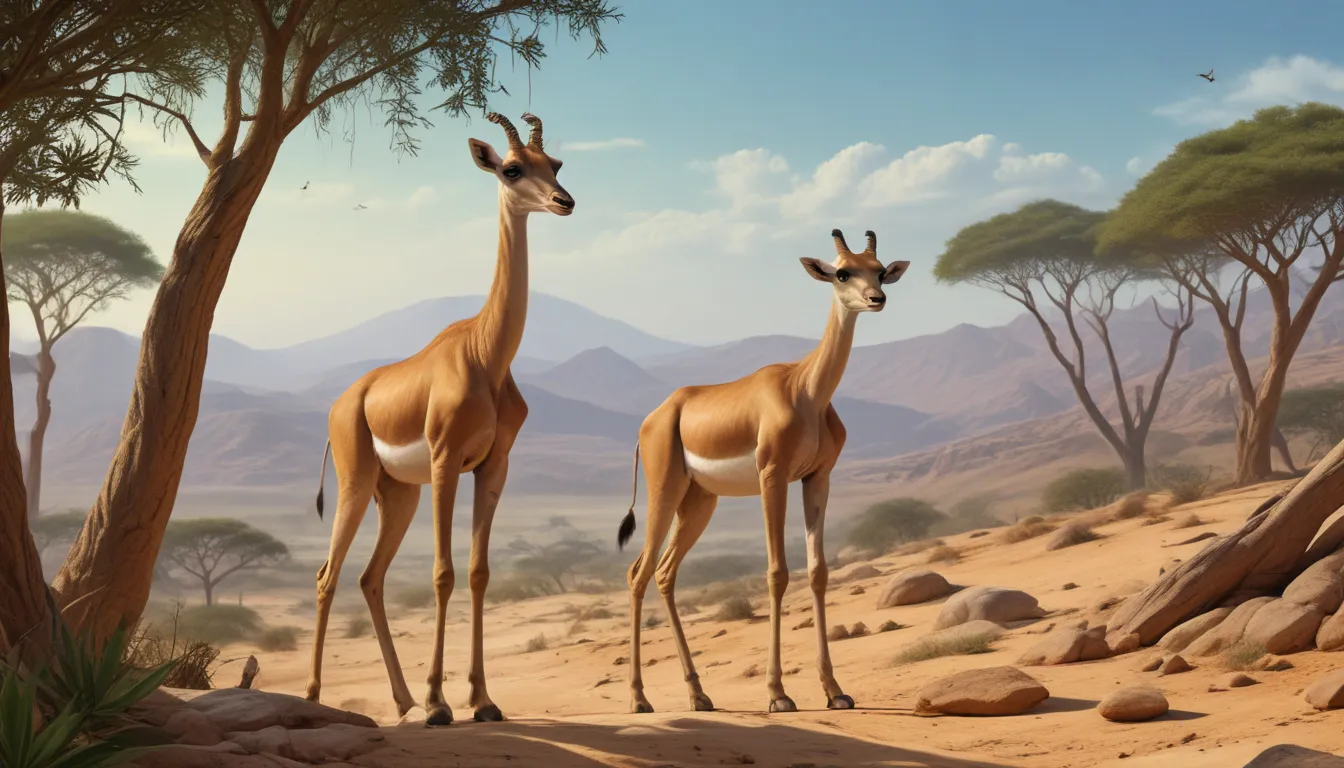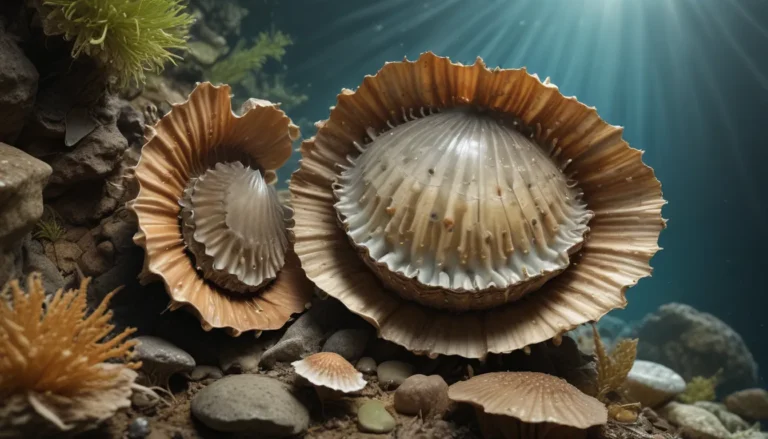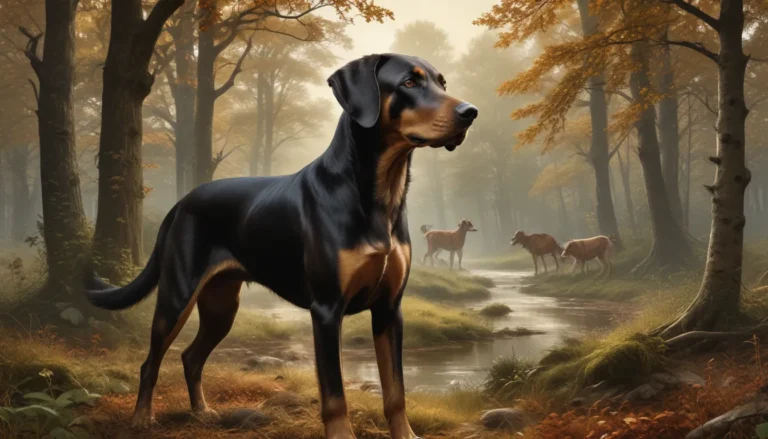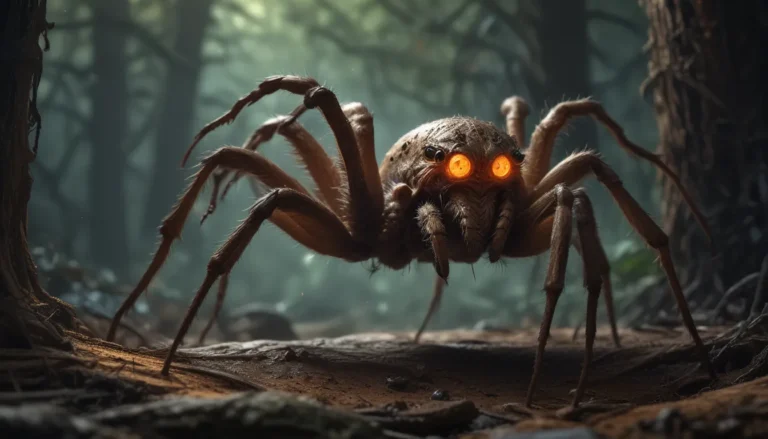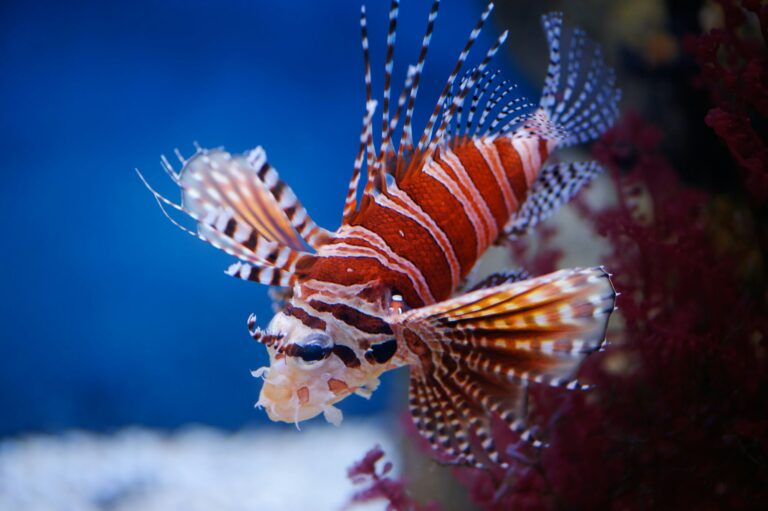The pictures we use in our articles might not show exactly what the words say. We choose these pictures to make you interested in reading more. The pictures work together with the words but don’t take their place. The words still tell you the important facts.
Are you intrigued by the unique world of the gerenuk? These captivating creatures, also known as "giraffe gazelles," are a species of antelope that roam the arid regions of Eastern Africa. With their distinctive long necks and slender bodies, gerenuks stand out from other antelopes, resembling miniature giraffes. Their remarkable physical adaptations allow them to thrive in challenging environments where high foliage is scarce. Join us as we delve into 18 enthralling gerenuk facts that cover everything from their habitat to their conservation status.
Exploring the Enigmatic Gerenuk
The gerenuk, scientifically recognized as Litocranius walleri, is a unique antelope species native to the Horn of Africa. Found predominantly in countries like Kenya, Ethiopia, and Somalia, gerenuks are renowned for their elongated necks and slender build, giving them a giraffe-like appearance.
A Graceful Balancing Act
One of the most striking features of gerenuks is their exceptional ability to stand on their hind legs. By stretching their long necks upwards and balancing on their hind legs, they can access high vegetation that other antelopes cannot reach. This remarkable adaptation enables them to thrive in arid regions where food sources are limited.
The Picky Eaters of the Savannah
Gerenuks have a specialized diet primarily consisting of leaves, shoots, and fruits. Their long necks and flexible lips allow them to delicately pluck foliage from trees and shrubs. In times of scarcity, they may also feed on flowers, buds, and bark.
Surviving the Arid Wilderness
Unlike most antelopes, gerenuks do not need to drink water frequently. They can obtain sufficient moisture from the plants they consume, reducing their reliance on finding water sources in their arid habitats.
Magnificent Male Displays
Male gerenuks sport impressive lyre-shaped horns that can grow up to 30 centimeters in length. These horns are utilized for territorial battles and mating displays, showcasing their strength and vigor.
Resilient Creatures of Diverse Habitats
Gerenuks exhibit remarkable adaptability and can thrive in a variety of habitats, ranging from arid deserts to dense woodlands. Their ability to acclimate to different environmental conditions highlights their resilience as a species.
Solitary Wanderers of the Savannah
Gerenuks are typically solitary animals, often found alone or in small groups. They are not highly social and prefer to maintain personal space, although they may congregate in larger herds during periods of abundant food or for mating purposes.
The Miracle of Birth
Female gerenuks give birth to a single calf after a gestation period of approximately six to seven months. The calf, known for its precocial nature, can stand and walk shortly after birth. Mothers carefully conceal their newborns in vegetation to shield them from predators.
Sporting Sharp Senses
With excellent eyesight and hearing, gerenuks are adept at detecting predators from a distance. Their keen senses allow them to spot threats like lions, hyenas, and cheetahs, enabling them to evade potential danger effectively.
An Enduring Lifespan
In the wild, gerenuks have a lifespan of around 8 to 10 years. However, in captivity, where they are free from predators and have a steady food supply, they can live up to 15 years.
Mastering Water Conservation
Gerenuks have evolved to minimize water loss in arid environments. They possess the unique ability to concentrate their urine, reducing water loss and enhancing their chances of survival in water-scarce regions.
Grooming Habits of Graceful Creatures
Gerenuks exhibit a distinctive grooming behavior using their specialized lips and tongues to clean dust and debris from their coat. This grooming ritual mirrors the meticulous grooming habits of cats.
Striding Towards Conservation
Listed as a species of least concern on the IUCN Red List, gerenuks currently maintain a stable population with no imminent threats to their survival. Their crucial role as seed dispersers highlights their significance in ecosystem preservation.
The Quirks of Gerenuks
These unique creatures possess a long and flexible prehensile tongue that aids in catching and manipulating small branches and leaves for feeding. Their exceptional jumping ability allows them to leap heights of up to two meters, showcasing their agility and grace.
Scent Marking and Communication
Gerenuks have scent glands on their face and feet that produce a unique scent used for marking territories and communicating with other members of their species. This olfactory communication plays a vital role in their social interactions.
Rare Sightings in Captivity
Despite their captivating appearance, gerenuks are not commonly seen in zoos due to their specialized diet and habitat requirements. Their limited presence in zoological institutions emphasizes the challenges associated with their captive care.
Enriching the Ecosystem
Gerenuks play a crucial role in seed dispersal, contributing to plant distribution and forest regeneration across diverse habitats. Their diet of fruits and leaves allows them to spread seeds, fostering biodiversity in their ecosystem.
A Glimpse of the Kenyan Wildlife
As you marvel at the incredible adaptations and behaviors of the gerenuk, consider exploring Kenya's iconic wildlife. Our article on animals you might encounter during a Kenyan safari offers a captivating glimpse into the diverse species that populate the country's vast landscapes. From majestic big cats to elegant giraffes, Kenya's animal kingdom is a treasure trove of natural wonders.
Conclusion: Nurturing Awareness and Conservation
In conclusion, gerenuks are captivating creatures that have carved out a unique niche in the African savannah. Their extraordinary physical adaptations, behaviors, and ecological contributions make them exceptional members of the animal kingdom. As stewards of the environment, it is crucial to raise awareness about gerenuks and support conservation efforts to safeguard their natural habitat. By celebrating the marvels of these graceful antelopes, we can ensure the preservation of their species and the delicate balance of their ecosystem.
FAQs: Unveiling Gerenuk Facts
Q: What is a gerenuk?
A: A gerenuk, also known as the giraffe gazelle, is an antelope species found in East Africa, distinguished by its long neck and legs that enable it to reach high branches for feeding.
Q: What do gerenuks eat?
A: Gerenuks primarily consume leaves, shoots, and fruits from various plants. They are selective feeders capable of browsing on a wide range of vegetation.
Q: How tall can gerenuks grow?
A: Gerenuks can reach a shoulder height of up to 3 feet, with an overall length ranging from 4 to 5.6 feet. Their slender legs contribute to their impressive stature.
Q: Are gerenuks endangered?
A: Gerenuks are currently classified as "Least Concern" on the IUCN Red List. Despite their stable population, habitat loss, poaching, and fragmentation pose ongoing threats to their survival.
Q: Can gerenuks jump?
A: Yes, gerenuks are adept jumpers, capable of leaping up to 6.6 feet in the air from a stationary position. This agility allows them to access elevated vegetation.
Q: What predators do gerenuks face?
A: Gerenuks are preyed upon by predators such as lions, leopards, cheetahs, hyenas, and wild dogs. Their agility and alertness aid in evading these threats effectively.
Q: Where are gerenuks found?
A: Gerenuks are indigenous to Kenya, Tanzania, Somalia, Ethiopia, and Sudan, typically inhabiting arid and semi-arid habitats like dry woodlands, savannahs, and bushlands.
Gerenuks epitomize the beauty of life in the African wilderness, showcasing the wonders of nature's intricacies. As we celebrate their unique attributes and contributions to the ecosystem, let us embrace our role as custodians of the environment. By cherishing and protecting these graceful antelopes, we ensure the preservation of their species and the biodiversity of our planet's precious landscapes.
